Description
Welcome to our Germanium Wafer Customization service, where we specialize in providing high-quality, custom-fabricated Germanium wafers tailored to meet the unique requirements of various advanced applications. Our Germanium wafers are ideal for use in semiconductor, infrared, and photonics industries.
Key Products:
- Semiconductor Wafers: Custom-doped Germanium wafers designed for semiconductor applications, providing excellent electronic properties and compatibility with silicon processes.
- Infrared Wafers: High-purity Germanium wafers optimized for infrared applications, including thermal imaging, IR spectroscopy, and IR optics.
- Photonics Wafers: Precision wafers for photonic devices, offering superior optical clarity and performance in photonic circuits and other light-based technologies.
Applications:
- Semiconductor Devices: Germanium wafers are critical in the manufacture of high-speed transistors, diodes, and other semiconductor devices due to their excellent carrier mobility and compatibility with silicon.
- Infrared Optics: Used in the production of IR detectors, lenses, and windows, Germanium wafers provide high transmittance in the infrared spectrum.
- Photonics: Essential for photonic integrated circuits and other photonic devices that require precise control over light propagation and interaction.
- Research and Development: Ideal for experimental and prototyping applications in academic and industrial research settings.
Why Choose Our Germanium Wafer Customization Service?
- Expertise: Our team of engineers and material scientists has extensive experience in the design and fabrication of custom Germanium wafers.
- Quality Assurance: We adhere to strict quality control standards, ensuring that every wafer meets or exceeds industry specifications.
- Advanced Technology: We utilize state-of-the-art equipment and processes to deliver high-precision and high-quality wafers.
- Customer-Centric Approach: We collaborate closely with our clients to understand their specific needs and provide tailored solutions that deliver superior performance.
Ordering Process:
- Consultation: Contact us to discuss your specific requirements and project details.
- Design and Prototyping: Our engineers will design your custom Germanium wafers using advanced modeling software and create prototypes for evaluation.
- Manufacturing: Once the design is approved, we will manufacture the wafers using our high-precision equipment.
- Quality Inspection: Each wafer undergoes rigorous quality inspection to ensure it meets your specifications.
- Delivery: We will ship your custom Germanium wafers, ensuring they arrive safely and on time.
Contact Us: To learn more about our Germanium customization services or to start your project, please contact us at:
- Email: [email protected]
- Phone: +65-66677359
Experience the excellence of customized Germanium wafers with Shape Optics, where precision meets performance.


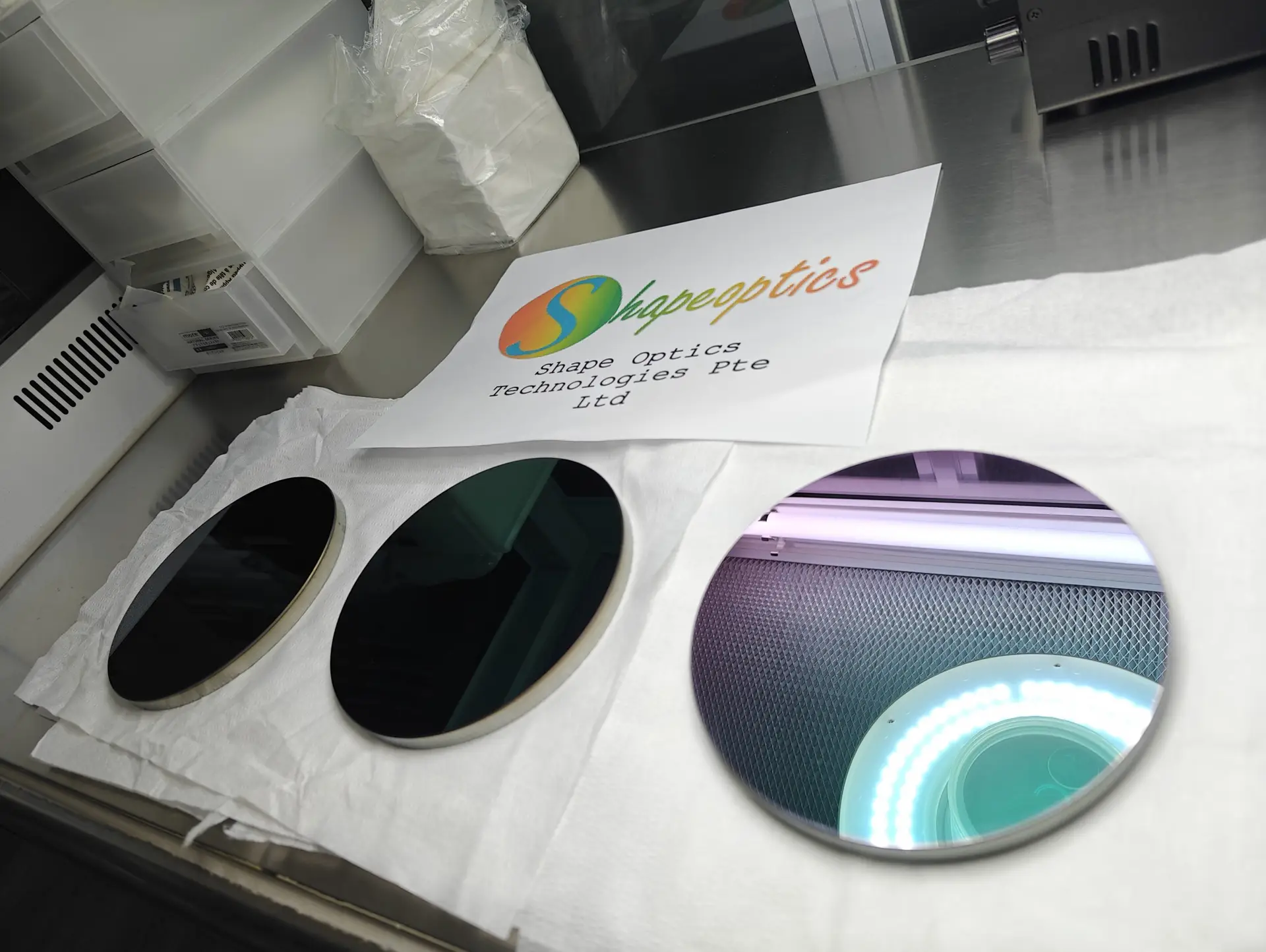
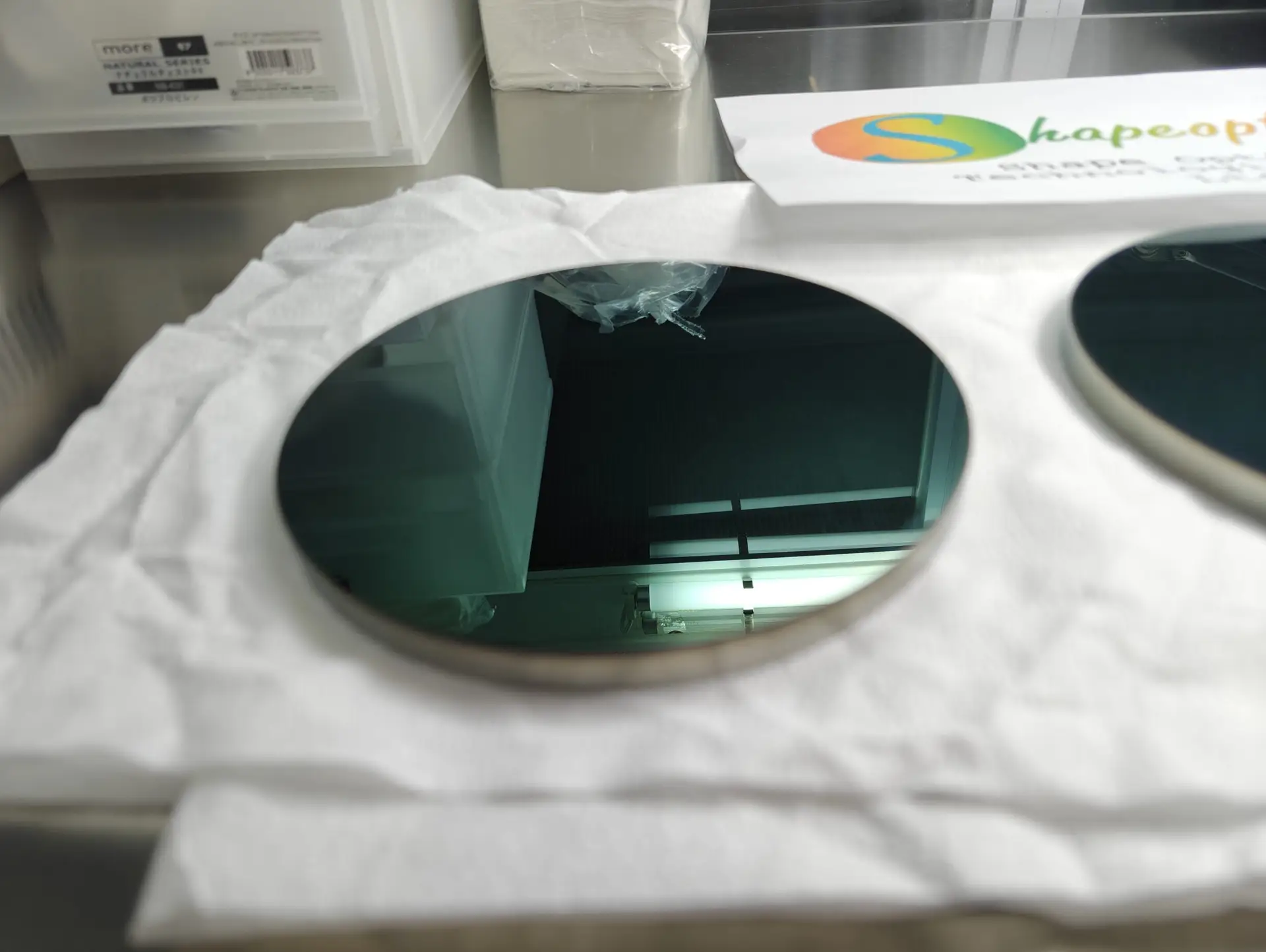
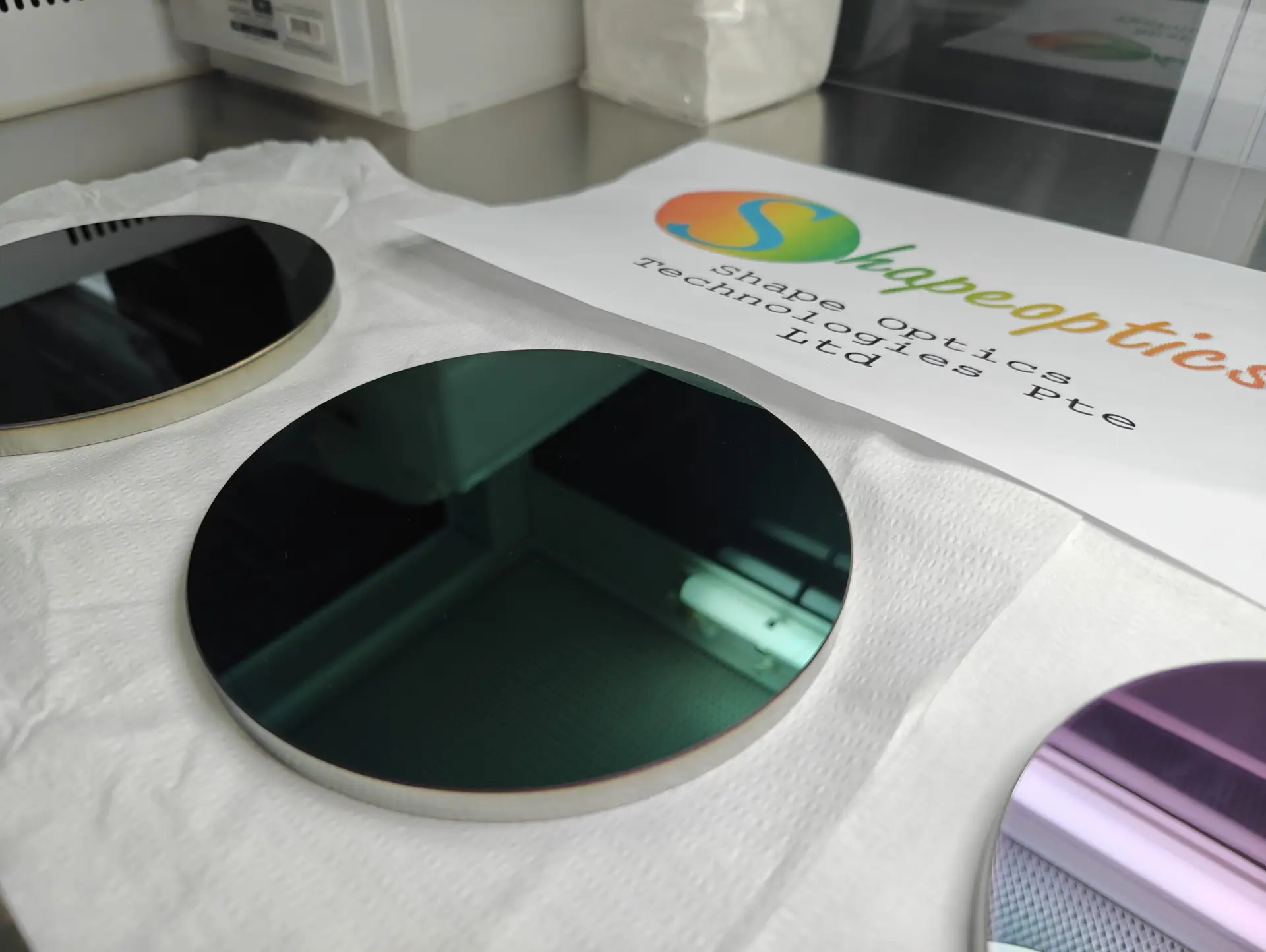
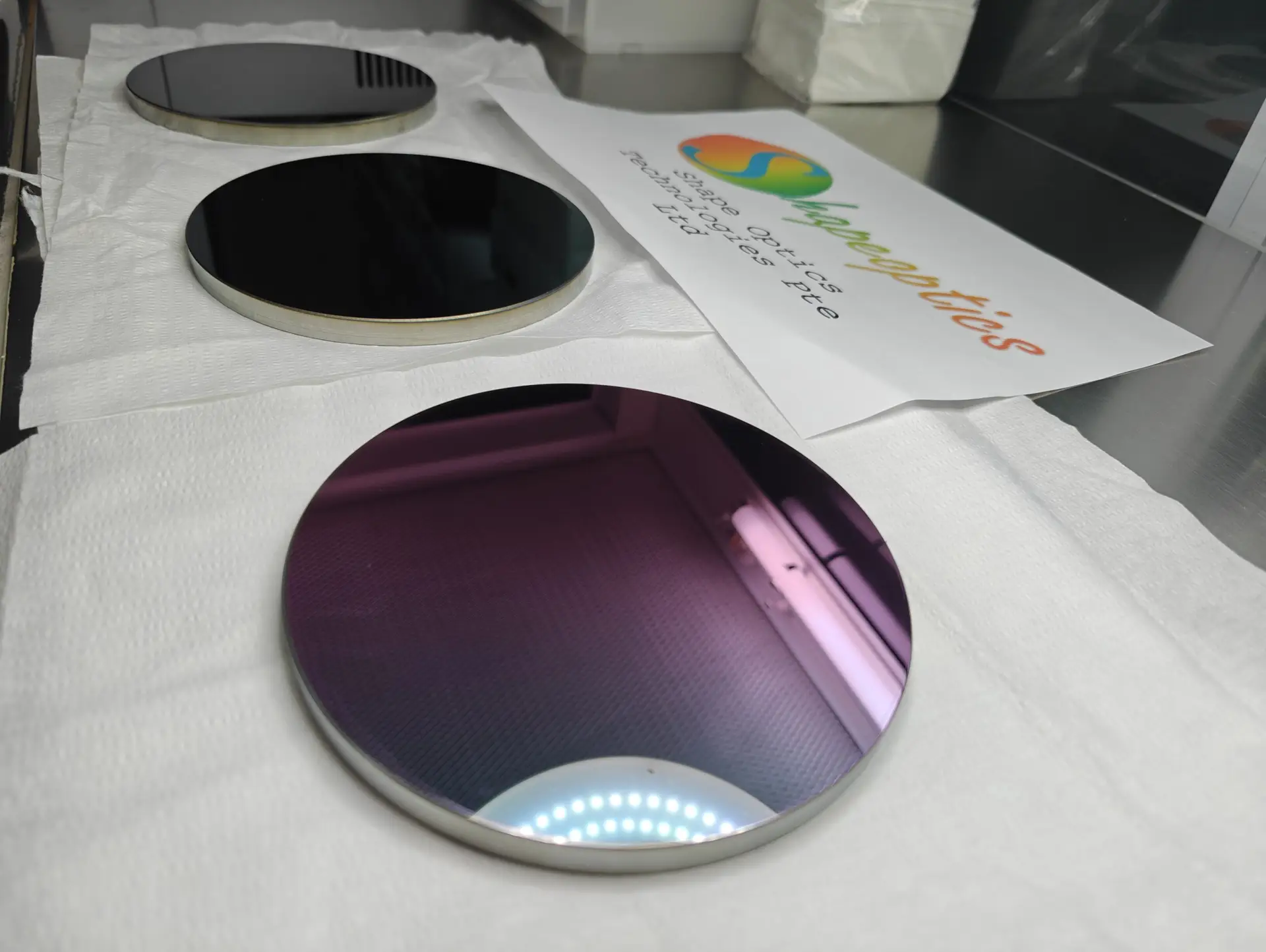




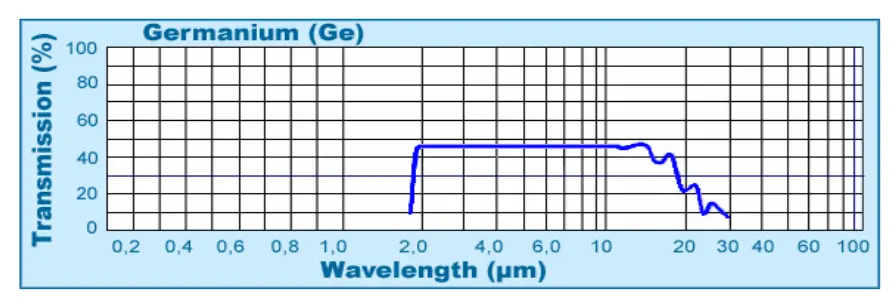
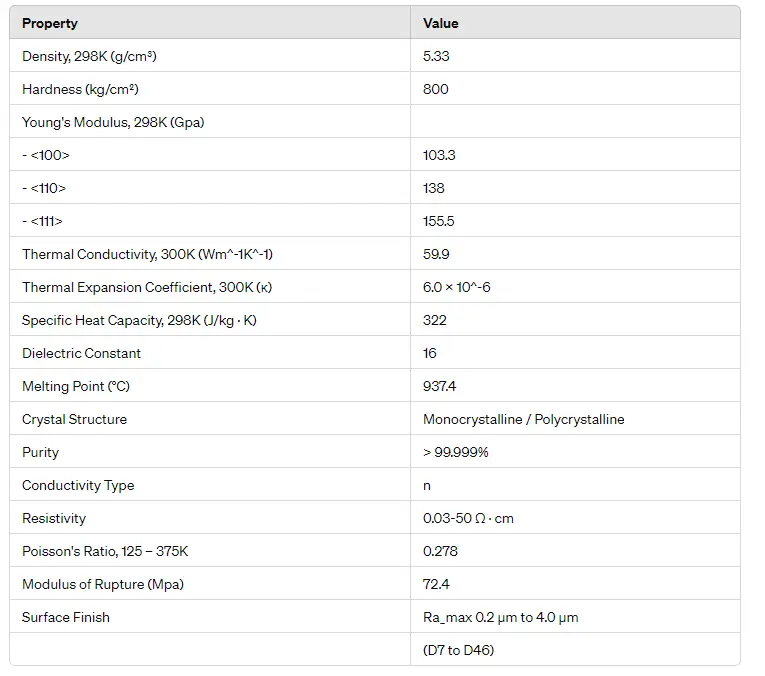
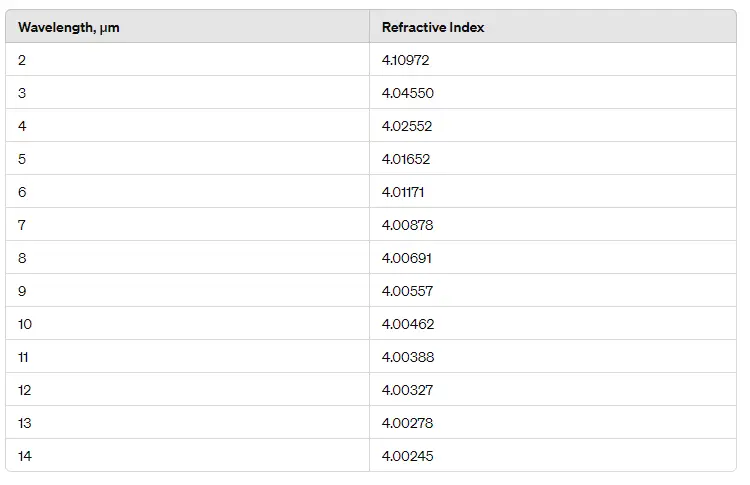

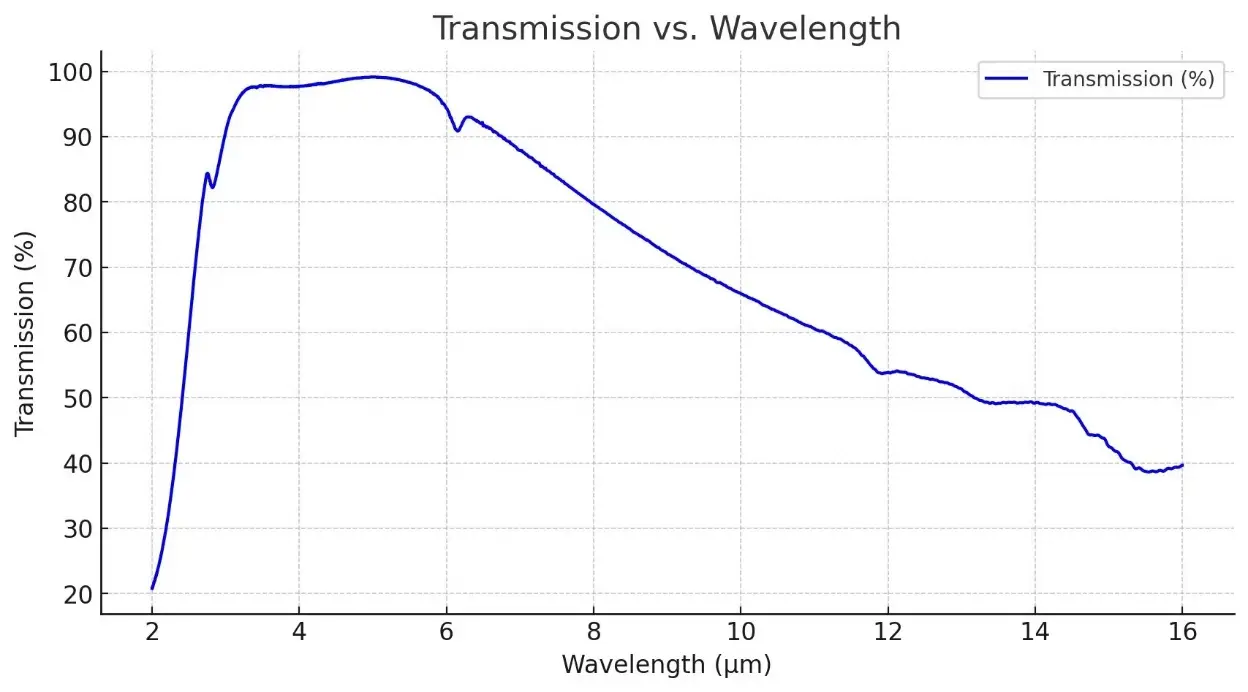
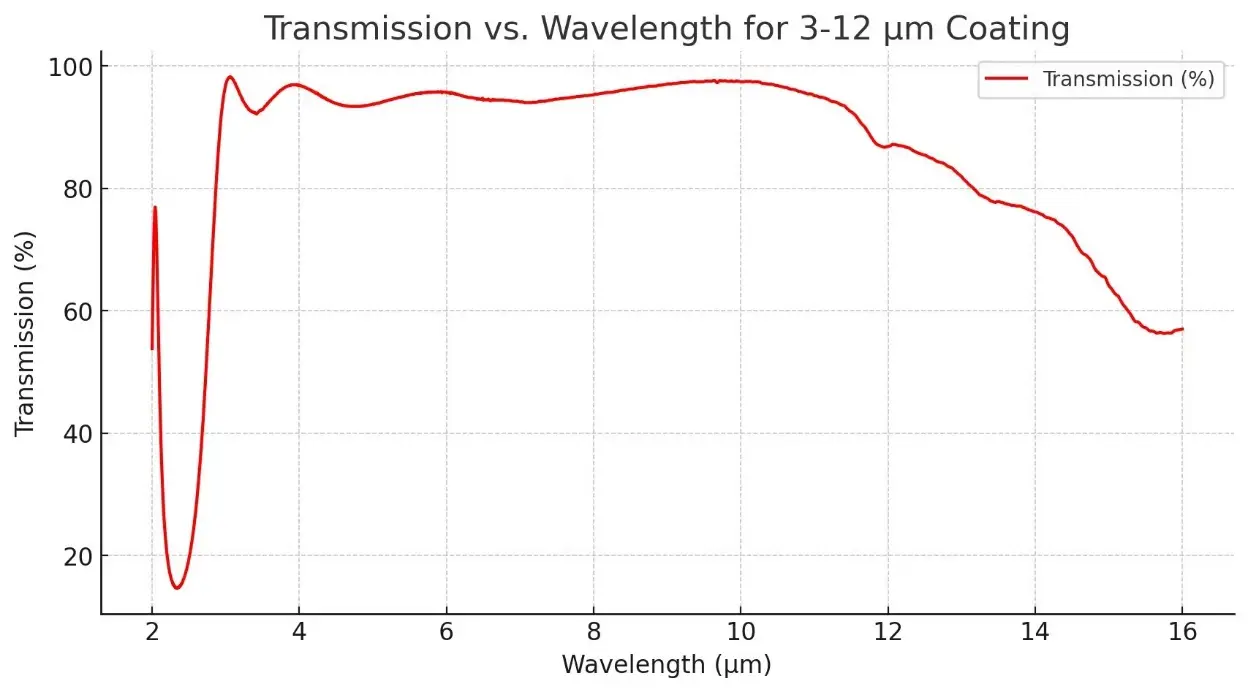
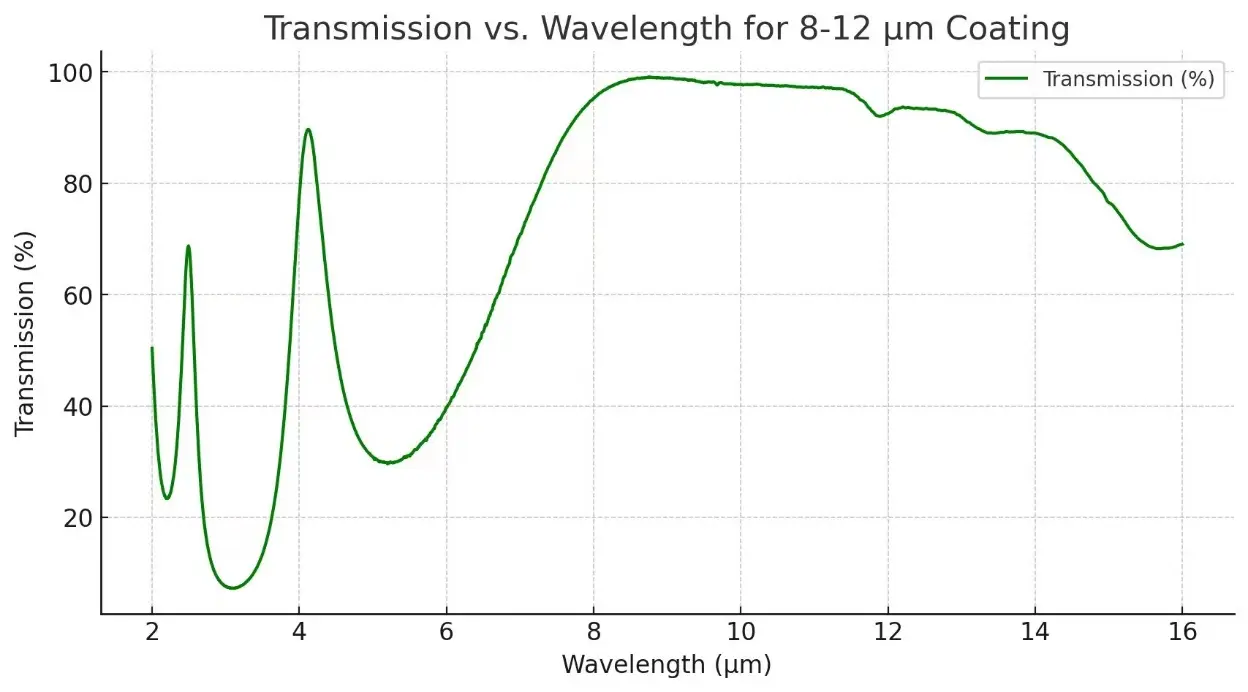
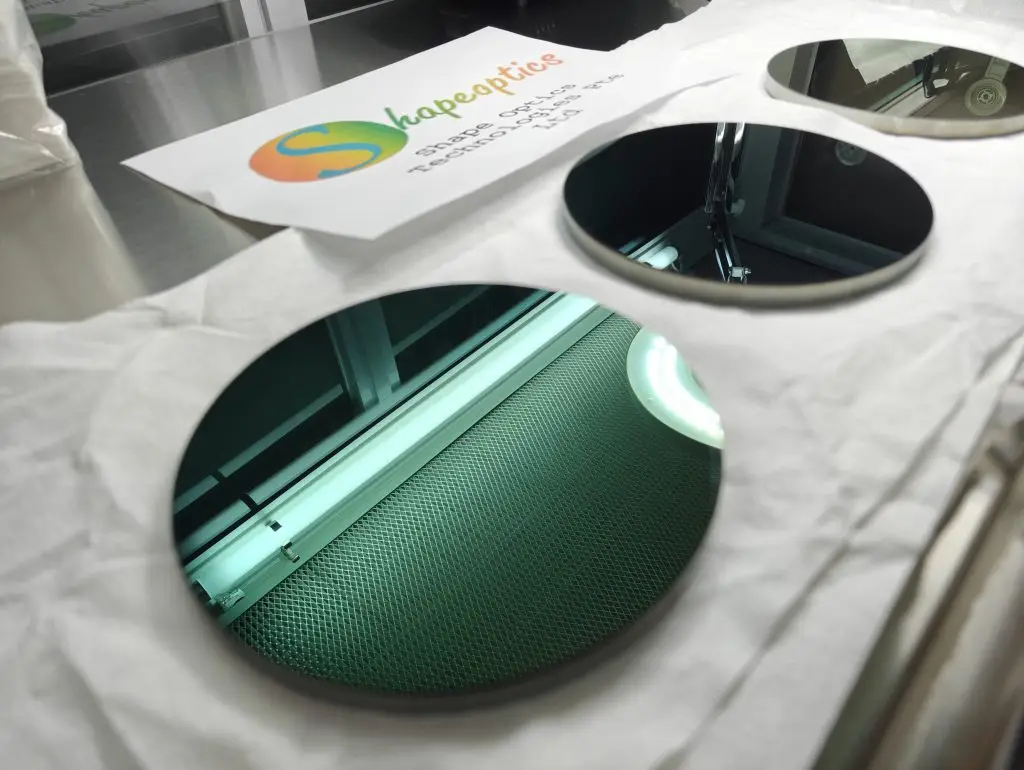
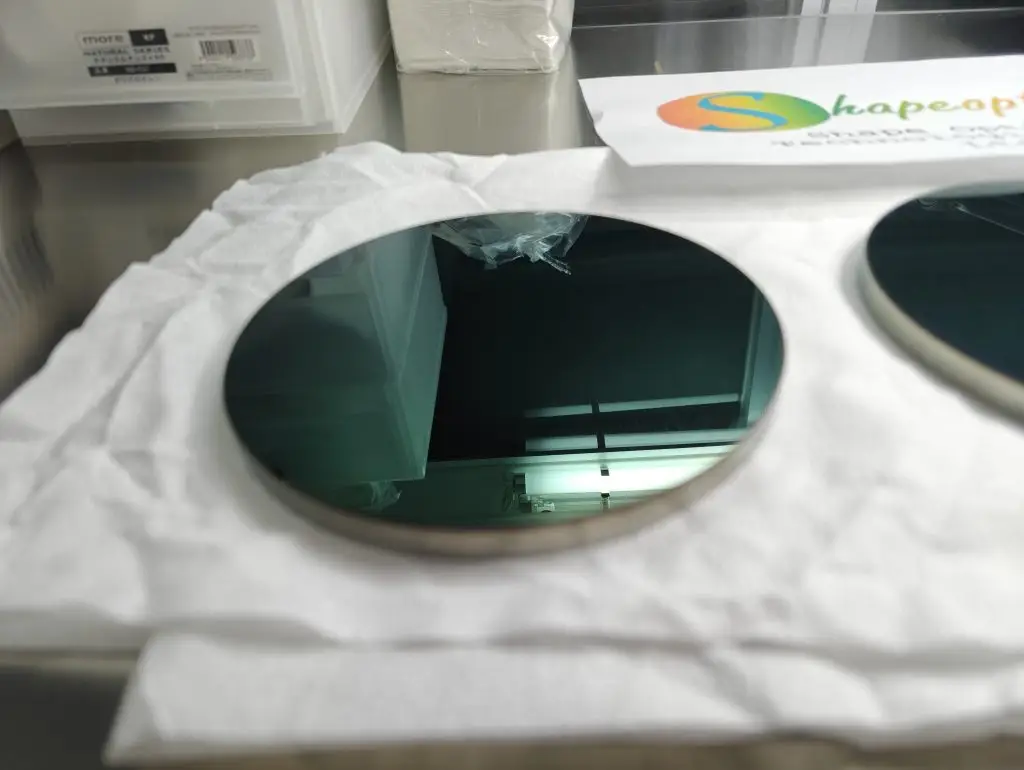
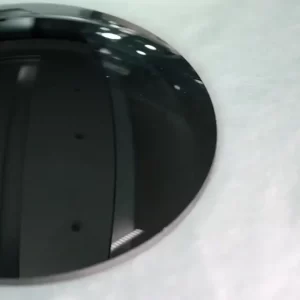





Reviews
There are no reviews yet.